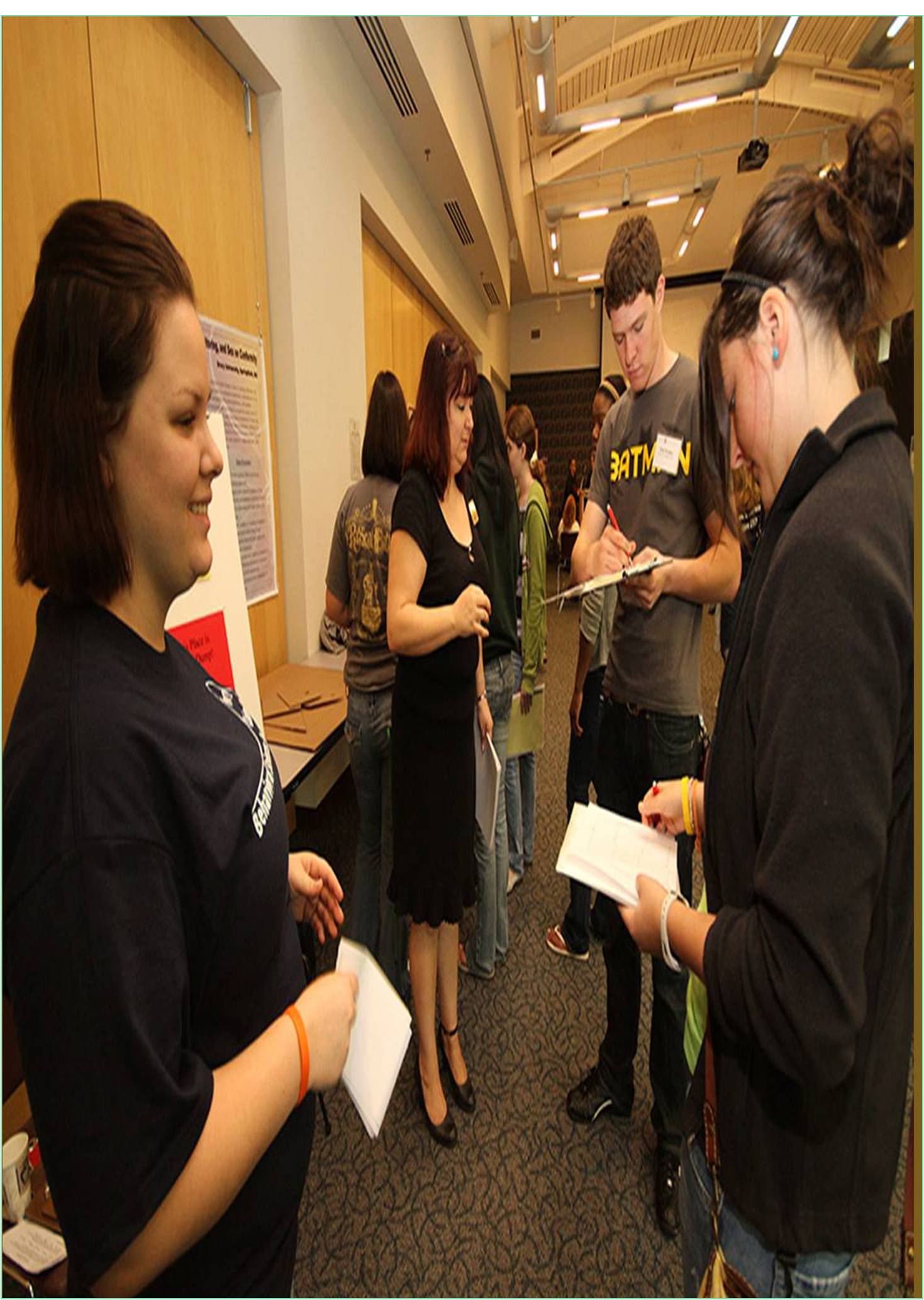



Received: 25-Jan-2022, Manuscript No. GJASSE-22-63360; Editor assigned: 28-Jan-2022, Pre QC No. GJASSE-22-63360 (PQ); Reviewed: 11-Feb-2022, QC No. GJASSE-22-63360; Revised: 18-Feb-2022, Manuscript No. GJASSE-22-63360 (R); Published: 25-Feb-2022, DOI: 10.15651/GJASSE.22.10.002
Linguistics is the scientific study of human language includes a comprehensive, systematic, objective and accurate analysis of all aspects of the language, especially its nature and structure. Linguists have long identified parallel sound changes. Now, new research reveals how Bayesian modeling captures complex coordinated changes and how sound evolves. The Field of Linguistics can be divided into three Dichotomies
1. Synchronic versus diachronic linguistics
2. Theoretical versus applied linguistics
3. Micro linguistics versus macro linguistics
The purpose of theoretical linguistics is to build a general theory of language structure or a general theoretical framework for describing a language.
1. Synchronic versus diachronic linguistics: The difference between synchronous linguistics and diachronic linguistics depends on the field of study. The study of a language at a given point in time is called as Synchronic Linguistics while the study of language change over time is known as Diachronic Linguistics it is also named as Historical linguistics. However, both branches are important for learning the language correctly.
2. Theoretical versus applied linguistics: It is also possible to build a general theoretical framework for describing a language through theoretical linguistics. Linguistic terms can also be used to refer to specific areas of linguistics. Applied linguistics is often compared to theoretical linguistics whereas; applied linguistics facilitates a principled approach to language education and other language-related concerns by encouraging research on the relationship between theory and practical.
3. Micro linguistics versus macro linguistics: The difference between micro linguistics and macro linguistics is that macro linguistics focuses on language by studying how language affects society, whereas micro linguistics focuses on syntax, speech, grammar, focus on linguistic details such as phonology.
The Sub-Fields of Linguistics
Language is a multi-layered phenomenon, from the sounds made by the speaker to the meaning they express. Linguistics consists of several subsubjects. Most professional linguists will be one or more specialists in these areas. The major ones are:
Phonetics: It is known as study of speech sounds. Phoneticians study both the generation of speech by human speech organs (articulatory phonetics) and the characteristics of speech itself (acoustic phonetics). The telephone technicians answer questions such as:
• Of all the sounds that humans can make, which one actually exists in the languages of the world?
• What distinguishes between different "accents" in particular?
• Is it possible to identify the speaker from the "voiceprint"?
• What are the characteristics of sound that can be applied to computer-assisted speech synthesis?
Phonology: Phonology is the study of intra-linguistic and inter-linguistic sound patterns. More formally, phonology is the study of the taxonomic organization of speech in language. This section of the site describes the most common phonological processes and introduces the basic representation of the sound and the concept of the surface shape that is actually produced.
Morphology: Morphology is the study of words and their parts. Like prefixes, suffixes, and base words, morphemes are defined as the smallest meaningful unit of meaning. Morphemes are important for phonetics, both in reading and spelling, and in both vocabulary and comprehension.
Syntax: Syntax is the order or arrangement of words or phrases that form the appropriate sentence. The most basic syntax follows the expression of subject + verb + direct object. The syntax is related to word order and depends on the vocabulary category (part of speech). Linguistics takes a different approach to these categories and divides words into morphological and syntactic groups. Linguistics analyses words according to the affix followed by or preceding the word.
Semantics: Semantics research explores how meaning works in language. Therefore, we often use the native speaker's intuition about the meaning of words and sentences to investigate. The simplest method deals with the relationship between linguistic forms and nonlinguistic concepts and mental representations to explain how a linguistic speaker understands a sentence. You can start by looking at semantics as the "magic" that happens when people communicate, especially when they understand each other.
Sociolinguistics: Sociolinguistics examines all aspects of the relationship between language and society. A dialect is a type of language that is systematically different from other languages of the same language. Dialects of a single language can be understood by each other, but when speakers cannot understand each other, the dialect becomes a language. When a dialect becomes a language, geographic areas are also taken into account.
Neuronlinguistic: Neuron linguistic programming is a pseudoscientific approach to communication, personal development, and psychotherapy developed by Richard Bundler and John Grinder in California, USA in the 1970s.NLP seeks to recognize and correct unconscious biases and limitations of an individual's world map. NLP is not hypnosis. Instead, it works through the conscious use of language and changes one's thoughts and behaviours.